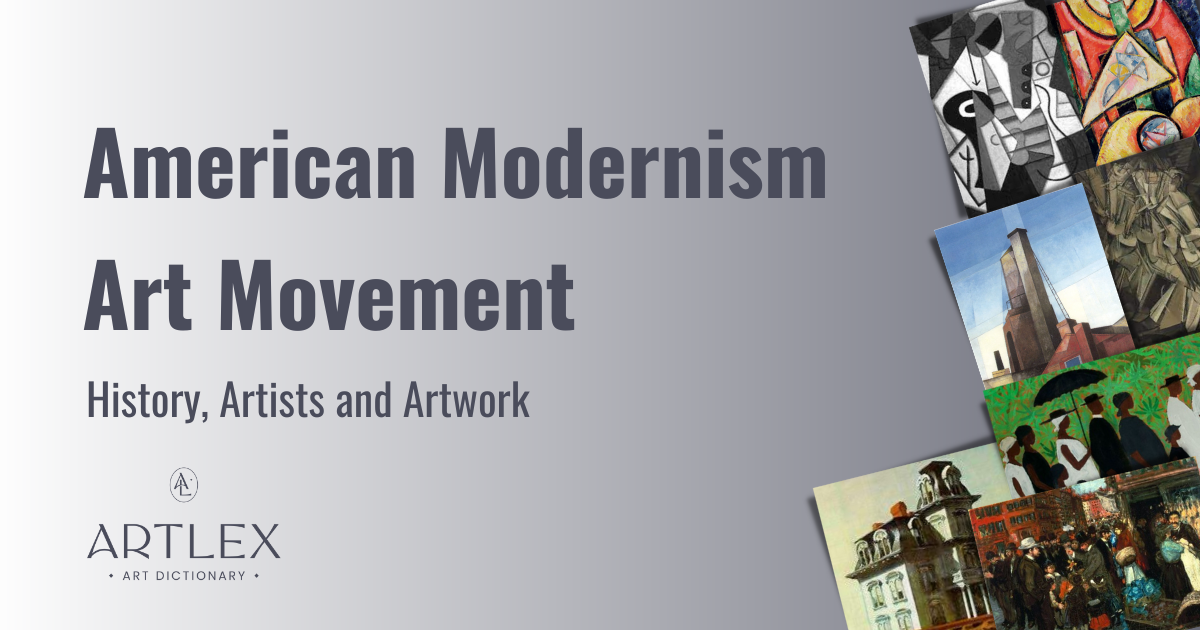What is American Modernism?
American modernism is part of a globally spread modernist artistic and cultural movement. As elsewhere, modernism in America has been developing since the end of the 19th century and culminated in the interwar period, which was crucial for repositioning America’s role in international relations. The modernist response to inherited cultural/artistic/political patterns has often been aggressive and unequivocal in its pursuit of uncompromising new life formulas for the modern era after the devastating consequences of the First World War. The phenomenon of modernism includes philosophy, music, literature, architecture, painting, film, photography, fashion, etc.
American Modernist Painting
Accelerated industrialization accompanied by numerous scientific discoveries has transformed people’s lives across the planet. Modern art went hand in hand with these processes, often scandalizing the conservative public. The experience of the First World War was understood as a refutation of all the values of bourgeois society by the members of the bourgeoisie themselves. The most horrific conflict the world had ever seen shattered the idea of progress and set artists with the difficult task of creating art for the new age. The strong ties of American artists with their European colleagues, as well as their travels to Europe, determined different directions in the development of American modernism as an artistic and cultural movement. The beginnings of modernist painting in America as well as in Europe cannot be precisely determined, however, certain tendencies indicate shifts in the medium of painting that conditioned the later artistic revolution.
American Modernist Literature
Modernist experimentation with form and language was present in both poetry and prose. Inspired by Friedrich Nietzsche, Carl Jung, Sigmund Freud, and others, the artists set out in search of a new identity of literature and its introspective potential. The writhing method – Stream of consciousness developed by James Joyce and Virginia Woolf had a significant impact on American modernism.
The idea of creating literature for the modern world is summed up in the maxim of the famous American modernist Ezra Pound – Make it new! This author was the founder of the Imagism movement – which was based on the idea of linguistic economy and precision. Well-known American modernists include Thomas S. Eliot and Gertrude Stein who hosted the Paris Salon a meeting place for Avant-garde artists. The phenomenon of American modernism was largely marked by the work of authors who belonged to the Harlem Renaissance. The most notable among them are Alain Locke, Claude McKay, and Langston Hughes. American modernists who achieved global success are John Steinbeck, F. Scott Fitzgerald, and Ernest Hemingway.
American Modernist Architecture
The urban solutions reached by American architects, especially during the interwar period, are still an example of successful space organization in large cities. The so-called Chicago school of architecture, led by Louis Henry Sullivan, paved the way for the widespread construction of skyscrapers on which contemporary architecture still rests. The work of his follower Frank Lloyd Wright, who redefined residential architecture in America and developed the philosophy of organic architecture is still influential.
European architects who emigrated to the USA – Richard Neutra, Rudolf Schindler, William Lescaze, Walter Gropius, and Mies van der Rohe with their avant-garde design contributed to the creation of a high-quality spatial framework of American post-war reality.
The Armory Show
A key event for the development of modern American art is the International Exhibition of Modern Art known as The Armory Show. This exhibition opened on February 17th, 1913. at the 69th Regiment Armory in New York City. Later, this exhibition was organized at the Art Institute of Chicago and then at The Copley Society of Art in Boston. The Armory Show exhibited nearly 1,300 paintings, drawings, prints, and sculptures from the studios of both European and American modern artists.
This exhibition presented to the American public important early modernist artworks that belonged to Impressionism, Divisionism, and Pointillism, as well as later works of Primitivism, Fauvism, and Cubism.
Some of the artists whose works were on display at this exhibition are Edouard Manet, Mary Cassatt, Claude Monet, Pierre-Auguste Renoir, Paul Cezanne, Georges Seurat, Paul Signac, Vincent van Gogh, Paul Gauguin, Henri Rousseau, Henri Matisse, Edvard Munch, Ernst Ludwig Kirchner, Wassily Kandinsky, Alexander Archipenko, Marcel Duchamp, Georges Braque, Pablo Picasso, Francis Picabia, Constantin Brancusi.
For the first time, this exhibition presented to the American public, accustomed to more traditional forms, the latest achievements of the European Avant-garde together with examples of American modernist art. Although crucial for the development path of many artists in the modernist American movement, this exhibition was fundamental for expanding audiences for contemporary arts.
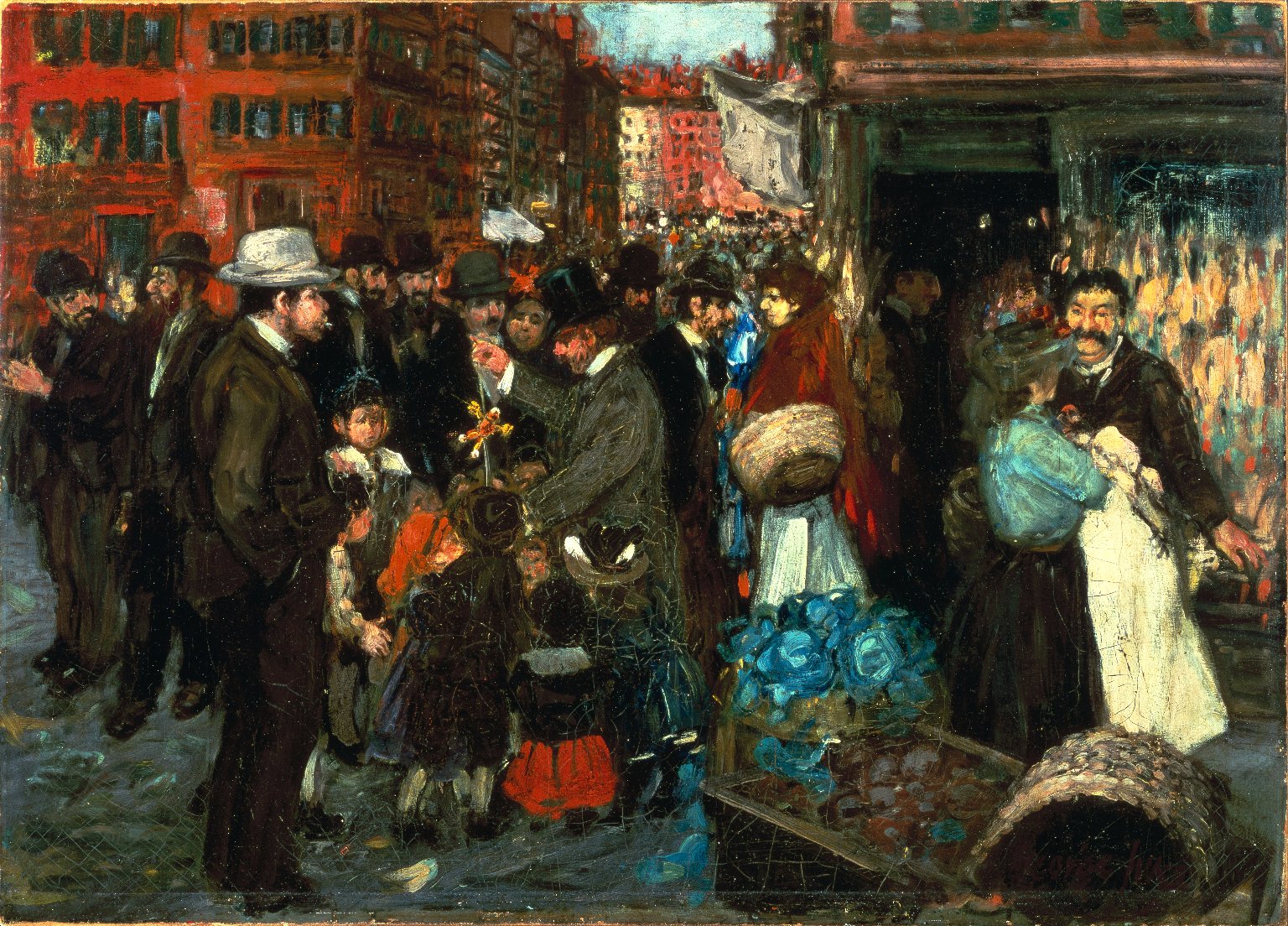
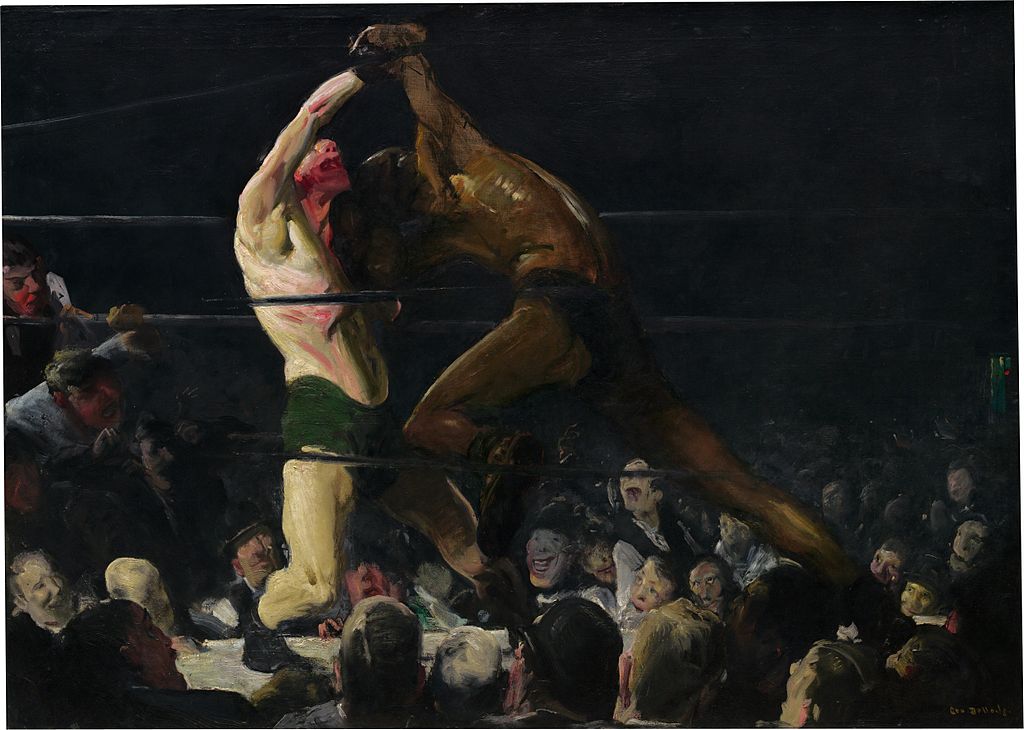
The Eight and The Ashcan School
Artists involved with the artistic group The Eight were Robert Henry, leader of the group, Everett Shinn, John Sloan, Arthur B. Davies, Ernest Lawson, Maurice Prendergast, George Luks, William J. Glackens, and George Bellows.
The Eight opposed the tradition of American academicism with a cruder and more realistic perception of reality inherent to modernist America.
Although they exhibited as a group only once in 1908, they left a significant mark on the development of modern art in America and through activities within the Ashcan School group. A significant step towards modernism was marked not by formal/stylistic experiments but by the topics covered by the artists in this group. These topics included scenes from modern city life such as subways, poor street kids, crowded tenements, prostitutes, alcoholics, bloodied boxers, etc.
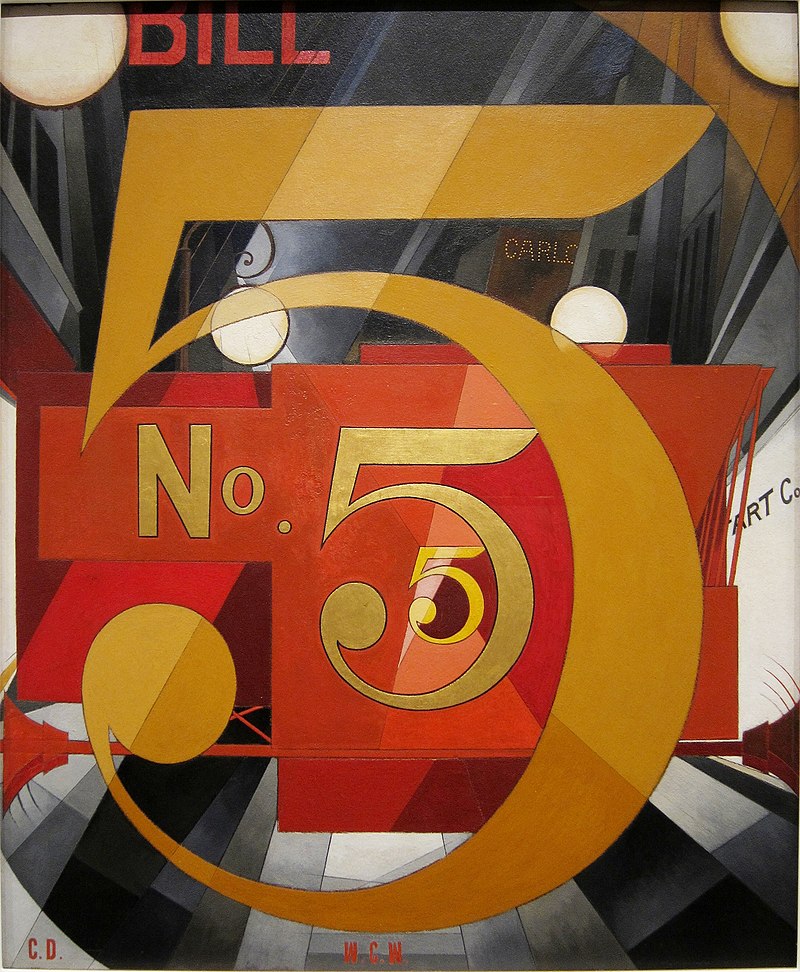
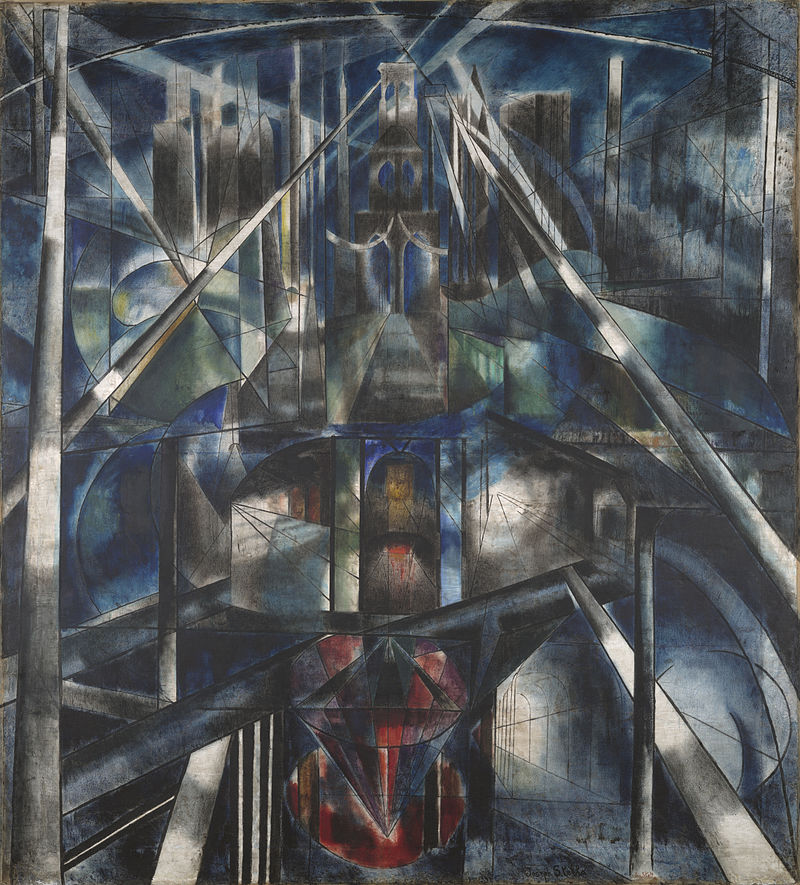
Precisionism
Precisionism is the first authentic American modernist movement to emerge in the immediate aftermath of World War I. The process of industrialization, modernization, urbanization, and economic and technological progress was an inexhaustible inspiration to the members of this group. In terms of organizing the painting structure and its formal solutions – the precisionists relied heavily on cubist and futuristic experiences. Precisely organized geometrized forms were the basis of precisionist painting, which often included abstract elements. Frequent themes of their painting were skylines both urban and rural, buildings, bridges, tunnels, the industrial landscape of factories as well as barns and country roads.
Precisionist painting dealing with these topics brought a special visual chronicle of modern life in interwar America, excluding social criticism or subversion from its expression.
Precisionism has influenced many members of Pop Art in America.
Notable Precisionists are George Ault, Ralston Crawford, Francis Criss, Stuart Davis, Elsie Driggs, Gerald Murphy, Charles Sheeler, Louis Lozowick, Niles Spencer, Morton Schamberg Joseph Stella, and Georgia O’Keeffe.
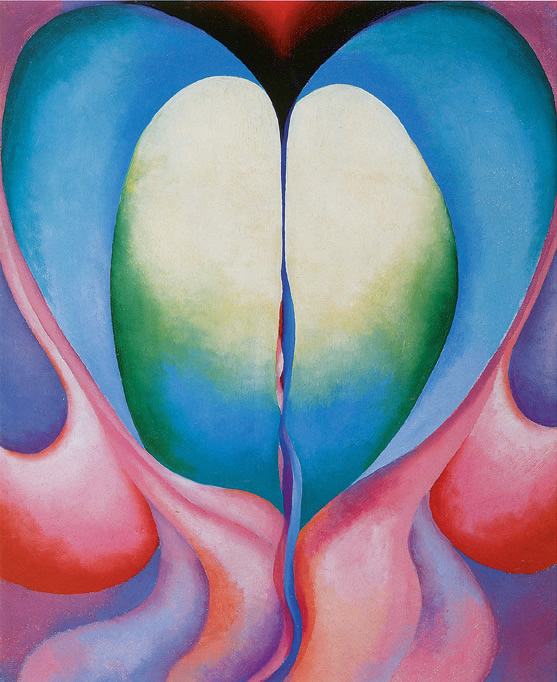
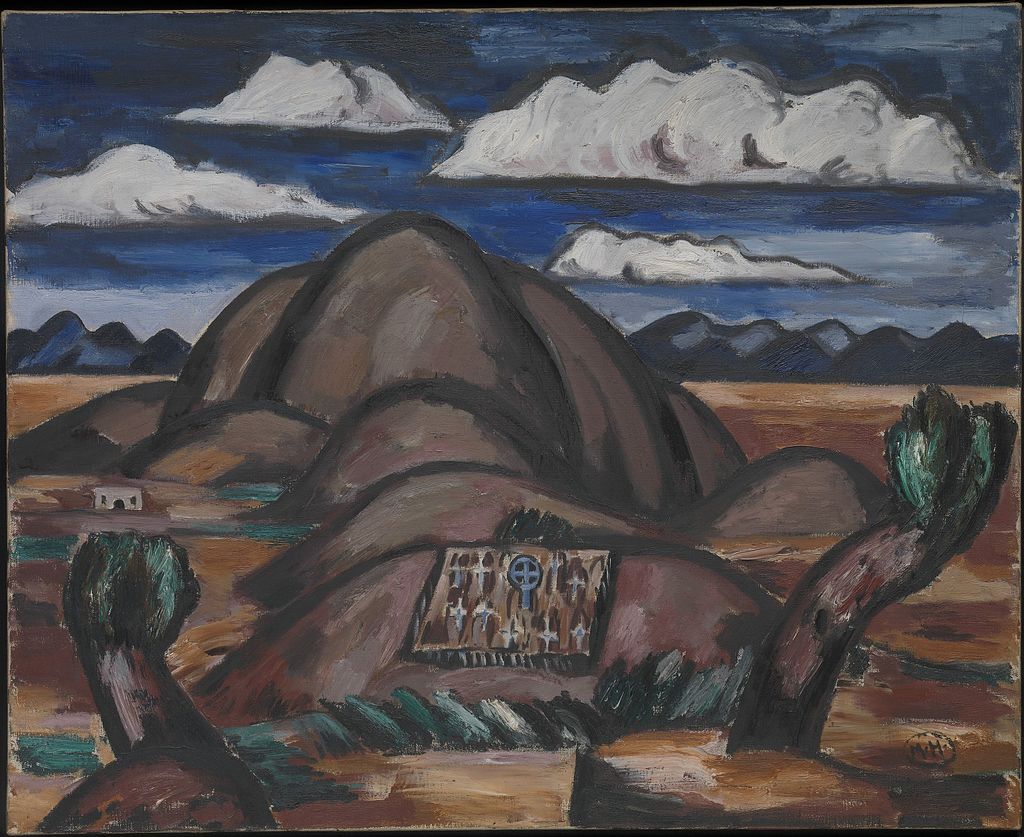
Stieglitz Circle
Alfred Stieglitz was a photographer, publisher, gallerist, and one of the first supporters of modern art in America. It was his gallery 291 that was the place where the works of Paul Cezanne (1910) and Pablo Picasso (1911) were exhibited for the first time in the USA. In addition to promoting the European Avant-garde, Stieglitz worked diligently to promote American modernists, including Georgia O’Keeffe, Arthur Dove, Marsden Hartley, Charles Demuth, and John Marin who in their paintings often explored the theme of the American landscape.
Stieglitz’s commitment to American modernist art was a constant in his work throughout his life – in Gallery 291 from 1905 to 1917, then at the Intimate Gallery, from 1925 to 1929, and finally in An American Place Gallery, from 1929 until his death in 1946.
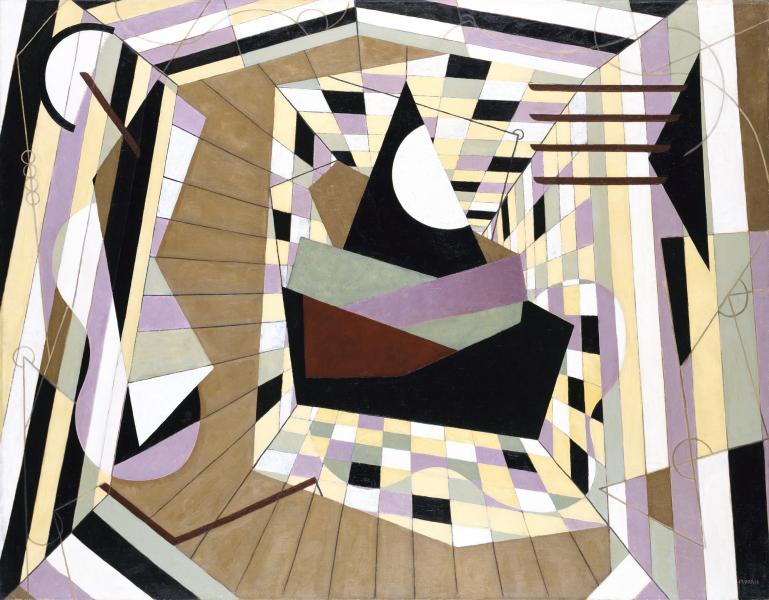
The Park Avenue Cubists
To this group belonged Albert Eugene Gallatin, George L.K. Morris, Suzy Frelinghuysen, and Charles Shaw. The work of these four close friends and members of New York City’s high society is reflected in the affirmation of cubist and abstract visual arts, whose primacy was seriously threatened by social realism and American regionalism during the 1930s.
Within the American Abstract Artists (AAA) group, the Park Avenue Cubists were actively involved with the ongoing artistic trends. Albert Eugene Gallatin as a main figure in the group, in addition to painting, contributed significantly to art criticism. It is important to mention Gellatin’s commitment to collecting, which resulted in a large collection of modernist works by European and American artists.
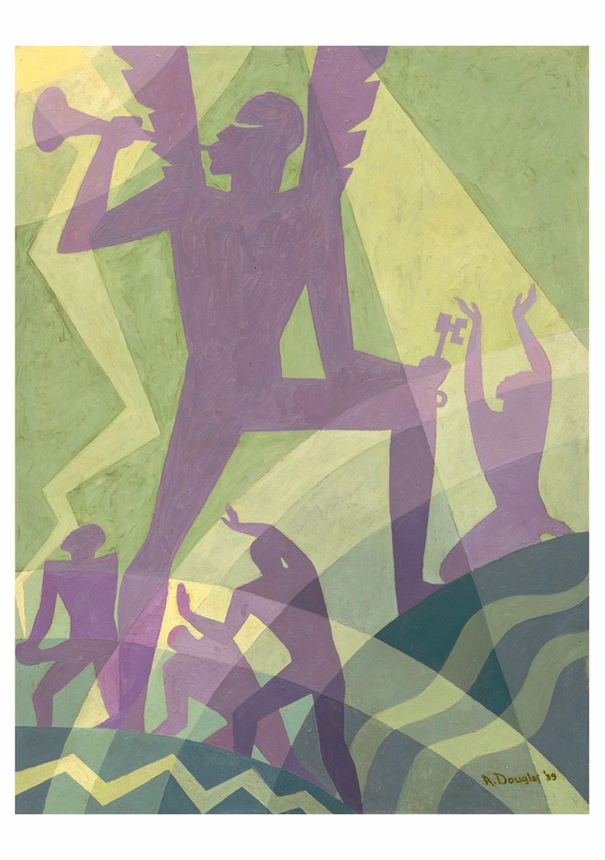
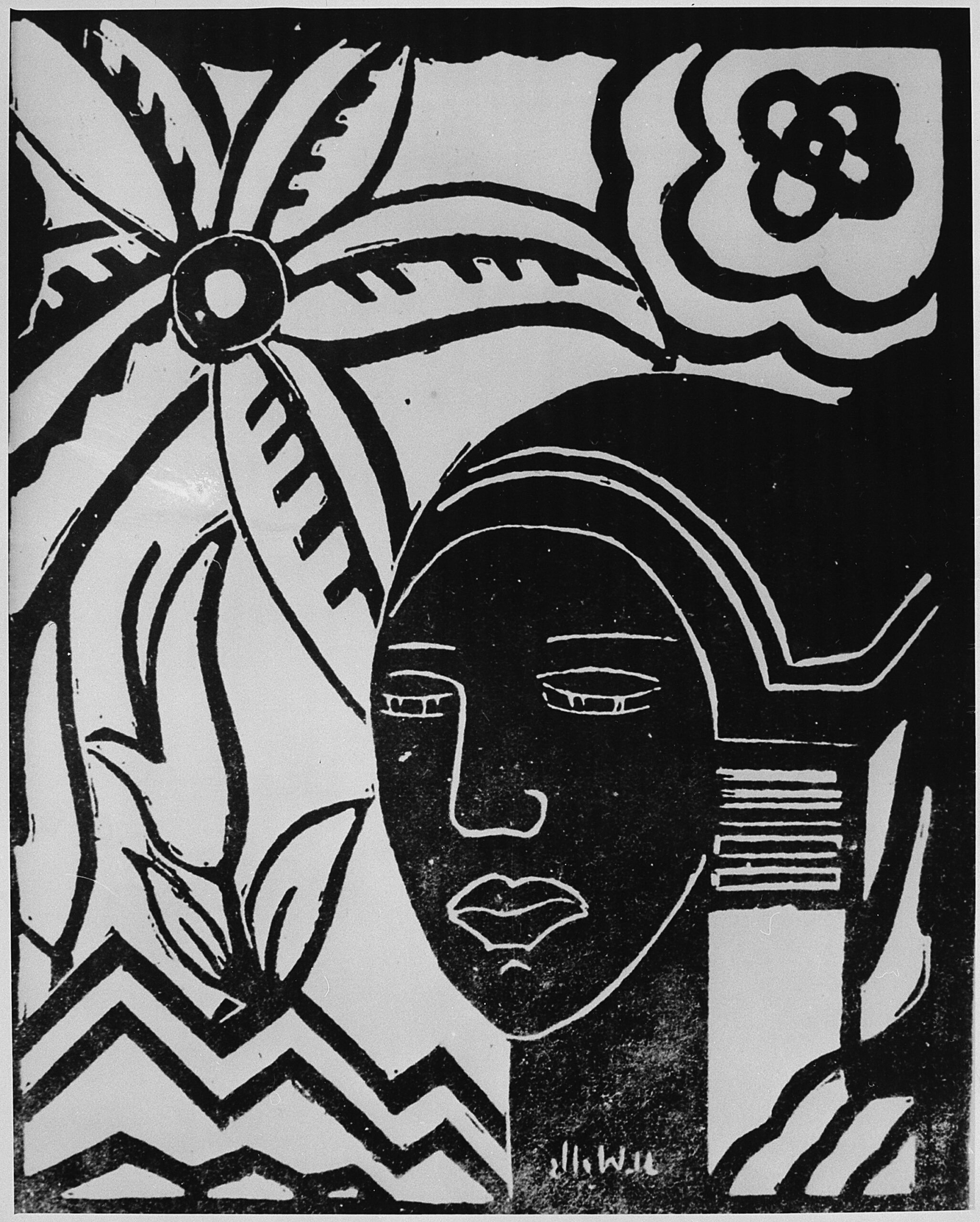
The Harlem Renaissance
The Harlem Renaissance phenomenon represents a cultural revolution and the creative flourishing of the African-American community throughout the United States, especially in New York City. The work of many authors who belonged to this movement generated great changes in music, literature, philosophy, painting, theater, and fashion, thus achieving a kind of completeness that gives us the right to perceive this movement as a kind of Gesamtkunstwerk of one community.
Alain Leroy Locke is certainly a key figure in the formative period and the overall cultural renaissance of the African American people. As a top intellectual on a global level, Locke achieved the goal of his vocation – initiating and leading the entire movement with his philosophical principles that became general. This movement did not imply allegiance to a particular political option but, on the contrary, it encouraged ideological pluralism.
In the field of visual culture, space is opening up for many African-American artists to shape the visual structure of their community’s collective memory within the new wave of African-American visual arts. During that wave, monumental murals in public spaces, posters, photographs, graphics as well as paintings and sculptures in various styles were created. The visual culture of the Harlem Renaissance included many directions from the modernist spectrum, such as social realism, cubism, abstraction, expressionism, etc. The themes dealt with by the artists were also very diverse – from portraits and landscapes to motifs from the corpus of African heritage, African- American religious tradition, African American gospel tradition as well as motifs related to slavery to the motifs from everyday life.
Notable artists who belonged to this movement are Aaron Douglas, James Lesesne Wells, Beauford Delaney, Jacob Lawrence, Augusta Savage, James Van Der Zee, Richmond Barthe, and Charles Alston.
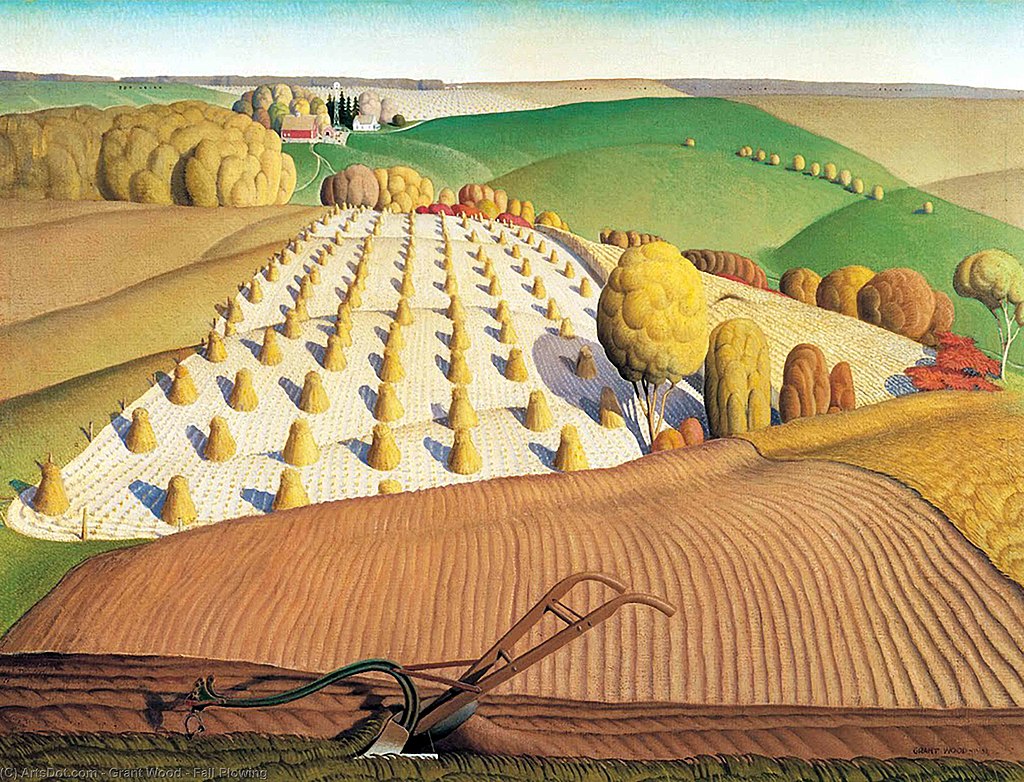
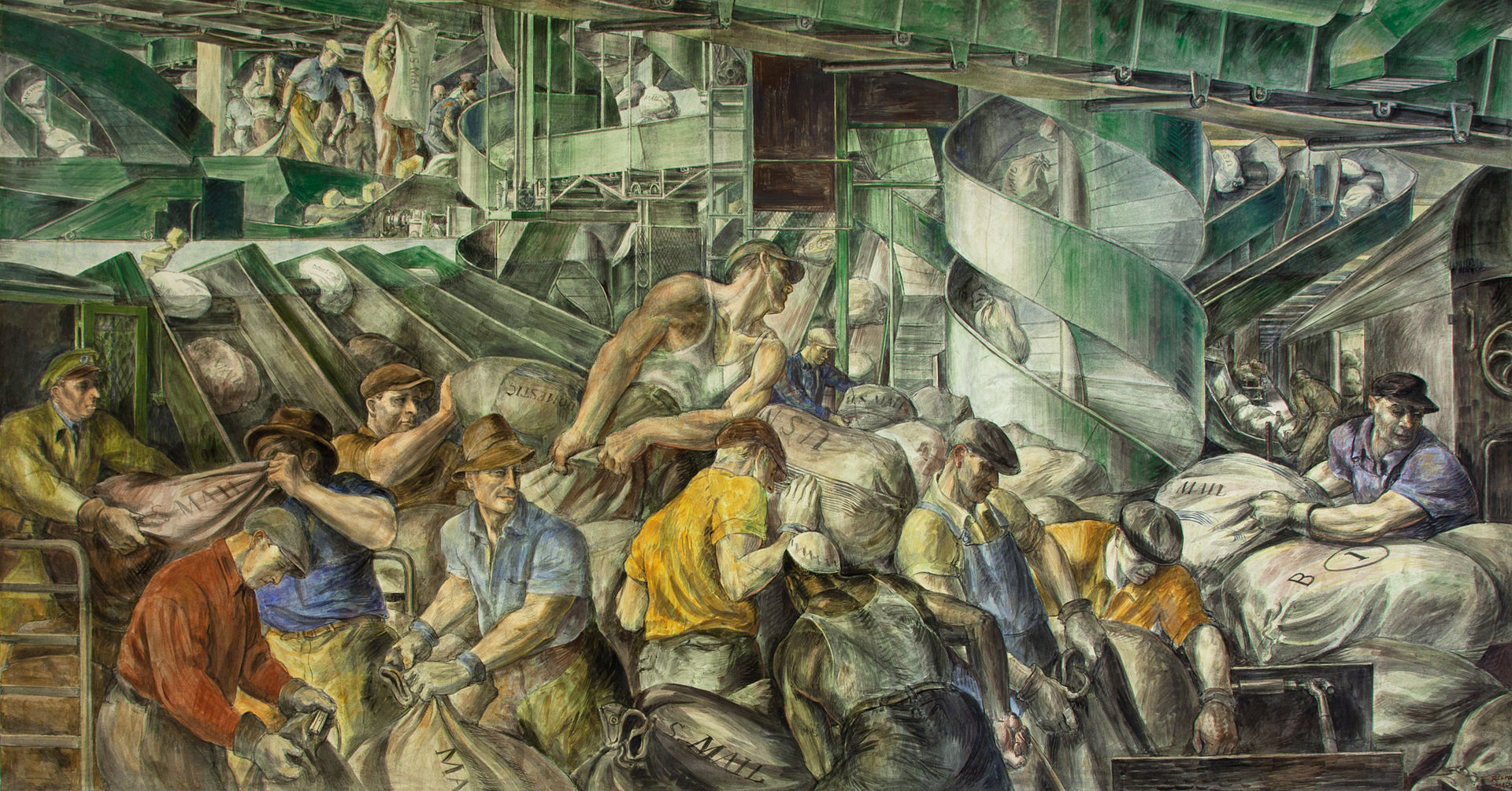
American Scene Painting
American Scene Painting is a term that unites American Regionalism and Social Realism.
We can read these phenomena in American culture as the key to responding to radical and new ideas of modernism by reviving the traditions of academism. Artists of the American Scene Painting believed that authentic American art could not be created by European Avant-garde means, but on the contrary by traditional forms of figural painting that are closer to the aesthetic criteria of the majority of the American population.
American regionalism was celebrated precisely by topics that concerned the daily life of the majority of rural America. They were addressing numerous contemporary topics without breaking artistic conventions. The most famous authors of this group are Grant Wood, Thomas Hart Benton, and John Steuart Curry.
The painting that, on the other hand, affirmed industrialization and brought themes close to urban life using traditional figural forms is the painting of Social Realism. Artists who belonged to this group were less preoccupied with American pastoral life and more with the political capacity that the work of art, in their opinion, should carry – whether it affirms certain values or has a critical character. Famous painters of social realism were Diego Rivera, Reginald Marsh, William Gropper, Isaac Soyer, Ben Shahn, etc.
Notable American Modernists are:
- Robert Henry (1865-1929)
- Everett Shinn (1876-1953)
- John Sloan (1871-1951)
- Arthur B. Davies (1862-1928)
- Ernest Lawson (1873-1939)
- Maurice Prendergast (1858-1924)
- George Luks (1867-1933)
- William J. Glackens (1870-1938)
- George Bellows (1882-1925)
- George Ault (1891-1948)
- Ralston Crawford (1906-1978)
- Francis Criss (1901-1973)
- Stuart Davis (1892-1964)
- Elsie Driggs (1898-1992)
- Gerald Murphy (1888-1964)
- Charles Sheeler (1883-1965)
- Louis Lozowick (1892-1973)
- Niles Spencer (1893-1952)
- Morton Schamberg (1881-1918)
- Joseph Stella (1877-1946)
- Georgia O’Keeffe (1887-1986)
- Arthur Dove (1880-1946)
- Marsden Hartley (1877-1943)
- Charles Demuth (1883-1935)
- John Marin (1870-1953)
- Albert Eugene Gallatin (1881-1952)
- George L.K. Morris (1905-1975)
- Suzy Frelinghuysen (1911-1988)
- Charles Shaw (1892-1974)
- Aaron Douglas (1899-1979)
- James Lesesne Wells (1902-1993)
- Beauford Delaney (1901-1979)
- Jacob Lawrence (1917-2000)
- Augusta Savage (1892-1962)
- James Van Der Zee (1886-1983)
- Richmond Barthe (1901-1989)
- Charles Alston (1907-1977)

